2020 Ford Explorer Adds More Power And Tech To Three-Row SUV
The 2020 Ford Explorer has been revealed, and with the automaker going all-in on SUVs and trucks it's hard to understate just how important this three-row family utility vehicle is. Headed to dealerships this summer, the new 2020 Explorer promises more efficient and more powerful EcoBoost engines, along with a cabin tech upgrade.
On the outside, it's instantly recognizable as an Explorer. The blacked-out A-pillars and D-pillars have been kept, along with the body-color C-pillars, but the roof they support now slopes more aggressively. Front overhangs are shorter, too.
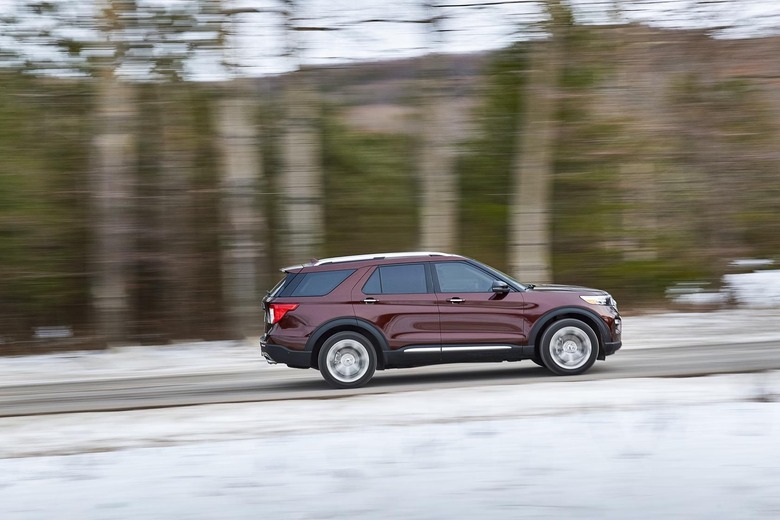
18-inch painted aluminum wheels will be standard, with seven variations ranging up to 21-inch wheels for the Platinum trim. That will also get a unique satin aluminum finish to the grille, as well as a twin-panel moonroof, special leather seats, and leather trim to the dashboard.
Underneath all that is a new platform, with both rear-wheel drive and all-wheel drive variants. Engine options will include a 2.3-liter twin-turbocharged EcoBoost inline-4 – rated for up to 5,300 pounds of towing with the Class III Trailer Tow Package, a considerable increase over the current version's 3,000 pounds – which is expected to offer 300 horsepower and 310 lb-ft of torque in the base, XLT, and Limited models.
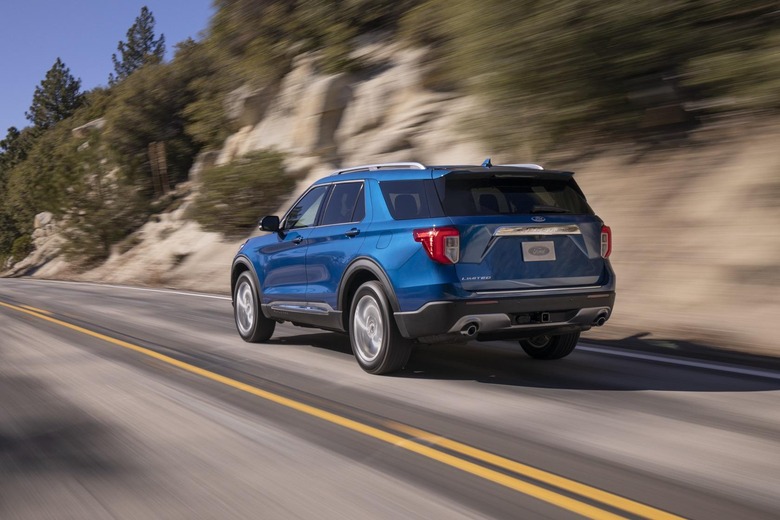
A 3.0-liter twin-turbocharged EcoBoost V6 will be under the hood of the 2020 Explorer Platinum, expected to deliver 365 hp and 380 lb-ft of torque, leaving it capable of towing up to 5,600 pounds. Ford will also offer a 2020 Explorer Limited Hybrid.
Rear-wheel drive models get six drive modes in Ford's Terrain Management System: normal, sport, trail, slippery, tow/haul, and eco. All-wheel drive versions add a deep snow and sand mode to that list. A new 10-speed transmission is standard.
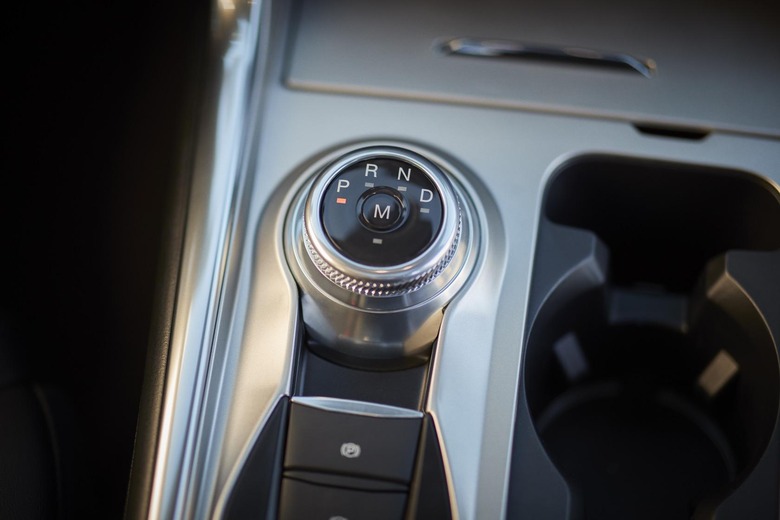
Inside, there are three rows and a long list of standard and optional tech. The cabin promises to be more spacious and quieter, with redesigned second-row seats making access to the third row easier. PowerFold third-row seats are optional, and when flattened with the second-row there's almost 171 cubic feet of cargo space, accessed through a standard power liftgate; smaller items get 123 cubic liters of stowage space spread throughout the cabin. New ISOFIX anchor points support child seats anywhere in the second or third rows.
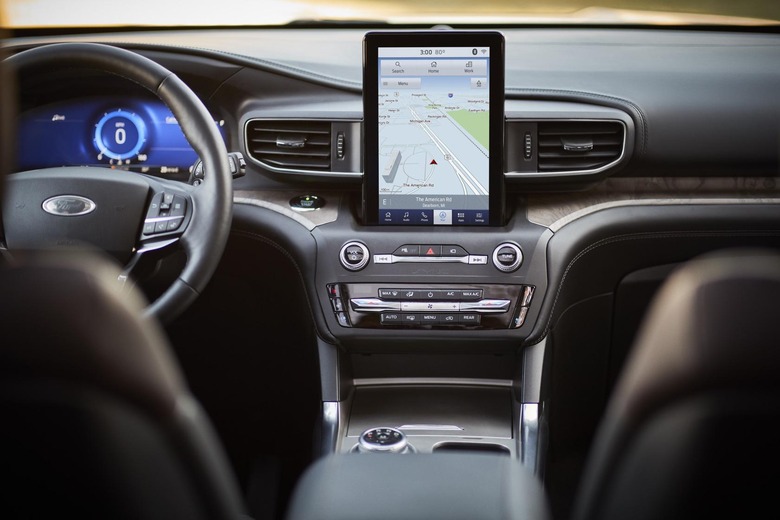
Ford Co-Pilot360 is standard, with pre-collision assistance with automatic emergency braking for pedestrians and forward collisions, blind spot information with cross-traffic alerts, and a lane-keeping system. It also includes an auto-cleaning reversing camera, and auto-headlamps. Evasive Steering Assist is optional, as is Post-Impact Braking.
Adaptive Cruise Control with Speed Sign Recognition can also be added to the 2020 Explorer. That not only adjusts speed according to the traffic ahead, and keeps the SUV centered in the lane, it can also read speed limits from posted signs and adjust the cruise control settings automatically.
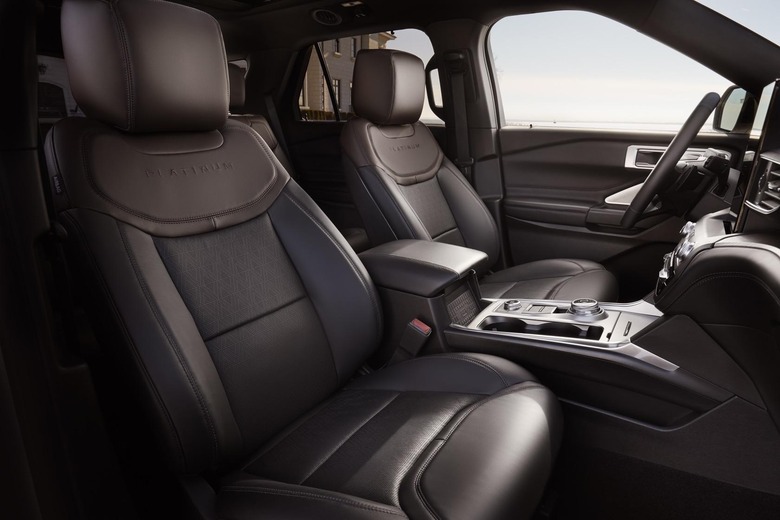
Active Park Assist 2.0, meanwhile, is standard on the 2020 Explorer Platinum and optional on other trims. It takes overt the steering, transmission, accelerator, and brake, to automatically park the SUV in a parallel or perpendicular spot. Reverse brake assist is another option – though it's standard on the Platinum trim – to automatically brake if you're about to reverse into another vehicle or obstacle.
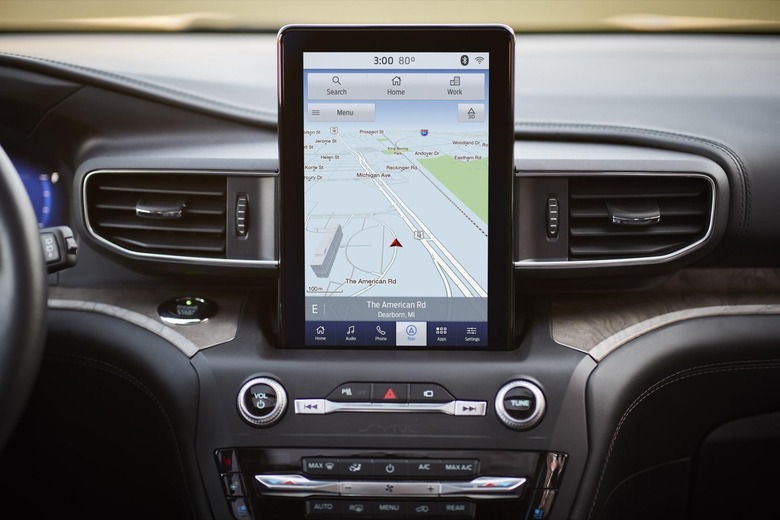
4G LTE with WiFi hotspot support for up to 10 devices is standard, though you'll of course need a data subscription to use it. FordPass Connect, meanwhile, uses a smartphone app to remotely lock, unlock, locate, and start the SUV. A 10.1-inch portrait-orientation touchscreen is optional for the center stack, with a reconfigurable UI. SYNC 3 on a smaller, 8-inch touchscreen is standard; either way you get Android Auto and Apple CarPlay.
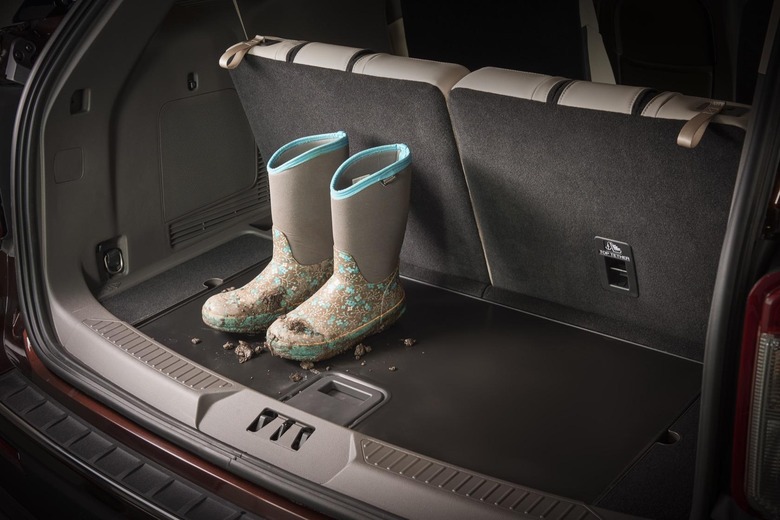
A wireless charging pad is optional, and there are up to four USB ports – including USB-C – together with up to three 12-volt outlets and a 110-volt outlet. A 14-speaker Bang & Olufsen audio system with 980 watts is available, while SiriusXM is standard. HD Radio comes standard on Limited and Platinum trims.
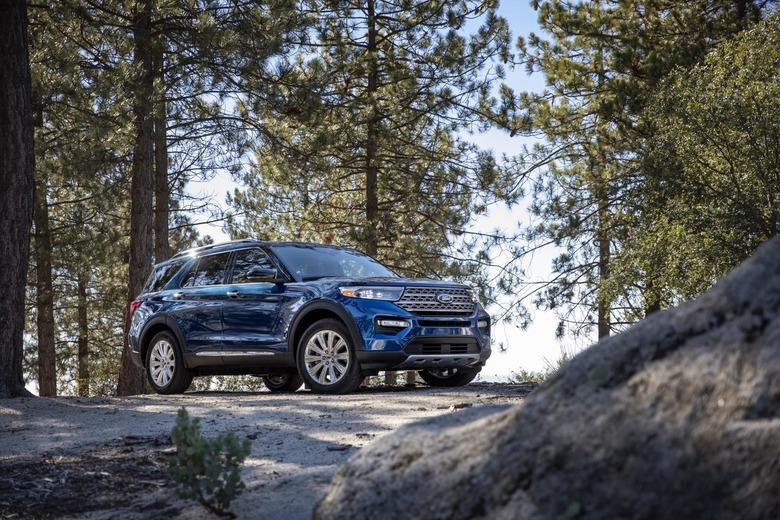
A 12.3-inch all-digital instrumentation panel is available too, replacing the regular gages with a virtual set. That also gets special 3D animated graphics for each fo the Terrain Management System drive modes.
Ford says the 2020 Explorer will arrive in dealerships this summer. Pricing will be $400 more than the current SUV, so starting at $32,765 plus destination.
